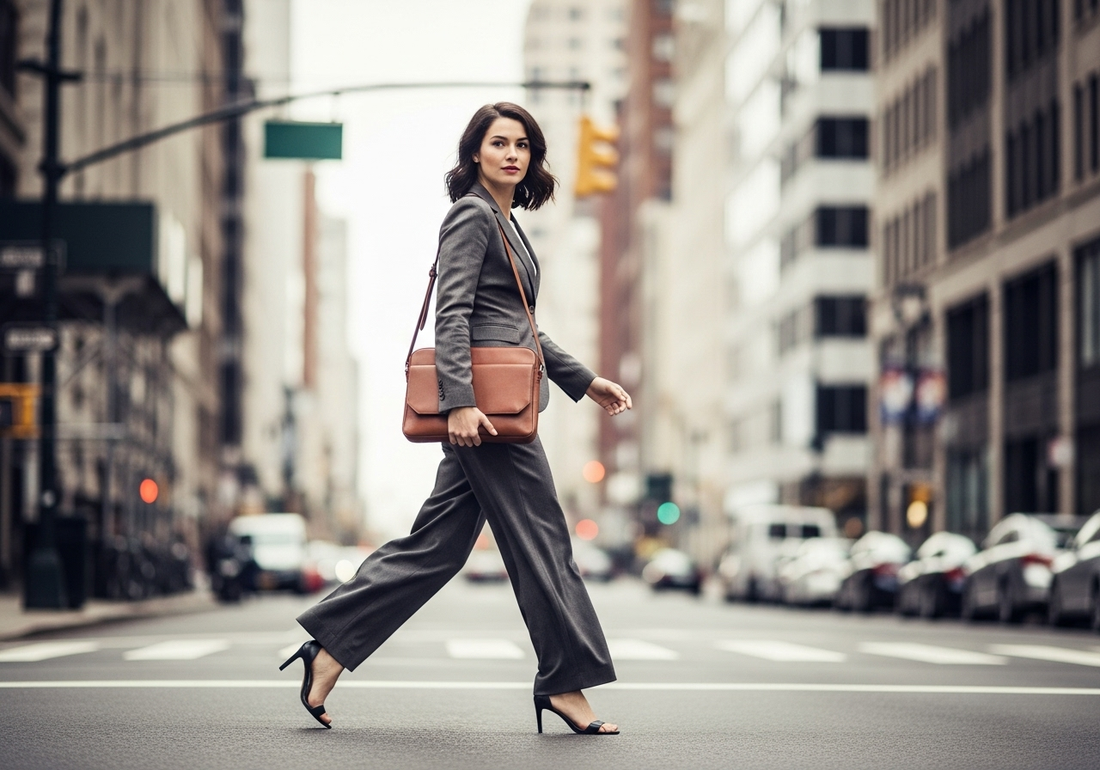
The Evolution of Women's Workwear: A Century in Transition
The evolution of women’s workwear across the last century mirrors significant shifts in labor participation, industry demands, and social structures. In the early 1900s, professional clothing for women was an extension of formal social attire. Long skirts, structured blouses, and wide-brimmed hats were common, with few variations allowed in settings that permitted women to work at all. Clothing reflected rigid societal expectations and limited mobility within professional environments.
The 1940s brought new changes, influenced heavily by global events. With men deployed in large numbers during World War II, women entered manufacturing, agriculture, and administration in unprecedented numbers. Garments began to shift toward functionality, introducing trousers, coveralls, and button-up shirts as standard options for women in the workforce. These items were practical and reflected a temporary but significant redefinition of gender roles in public life.
Following the war, women’s re-entry into domestic roles was emphasized in media and marketing, but by the 1960s and 1970s, the rise of new professional paths created renewed demand for structured clothing in the workplace. Suits with sharp collars and matching sets became more prominent. By the 1980s, the visual codes of authority in business attire were redefined once again, with shoulder pads, monochromatic combinations, and linear silhouettes influencing professional wardrobes.
Today, workwear spans a wider range of styles. While formal categories remain in fields such as law, finance, or government, many industries have adopted less rigid dress expectations. Straight cuts, clean finishes, and modular layering are now frequently incorporated into daily attire. Changes in workplace settings - such as remote work, co-working spaces, and startup culture - continue to influence design.
As workplace norms shift, workwear continues to evolve - not through dramatic reinvention, but through gradual adjustments in form, styling, and pairing. The transformation over the past century shows how attire serves as both a social indicator and a functional necessity, adapting with changing expectations and roles.
